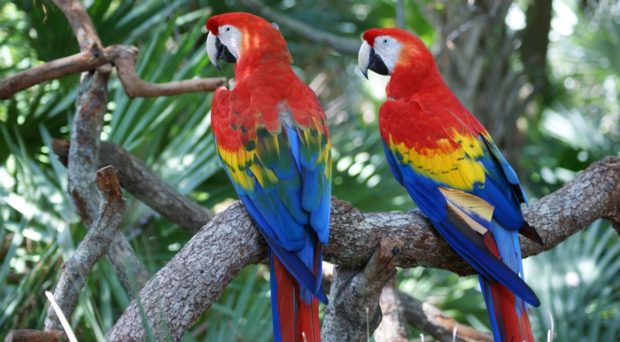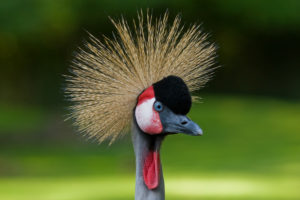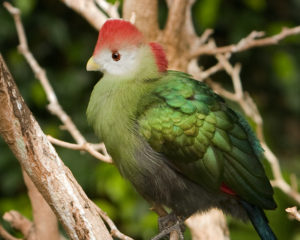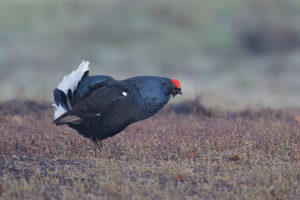
It is generally assumed that exaggerated signals in birds, for example brilliant colors, evolve through the relationship between the females and males, where the sexual form changes throughout time to counteract the opposing sex’s traits. These signals serve to attract a suitable mate, and sexual selection allows for the more desirable traits to continually pass down through the species. However, the genetic mechanisms underlying these signals are not well known.

In the paper ‘Evolution of CYP2J19, a gene involved in color vision and red coloration in birds: positive selection in the face of conservation and pleiotropy’, Twyman, Andersson and Mundy investigate the ‘redness gene’. This recently identified gene encodes an enzyme which can modify carotenoids, a class of pigments which produce red, orange and yellow hues. More specifically, the researchers investigated whether the CYP2J19 gene is present in all birds, its copy number in different avian lineages, its pattern of selection across avian genomes, and whether selection changed after the gene was diverted to serve two functions, vision and color, in weaverbirds.

The researchers examined 70 avian genomes, representing all major avian clades. Of these 70 genomes, a single full-length CYP2J19 (the redness gene) was retrieved from 43 of them. Sequences of the redness gene in 13 species of weaverbirds were also analysed, 7 of which contain the carotenoid-modifying enzyme. They found that this gene has been positively selected throughout the rapid diversification of birds, though the cause of this is unclear. Positive selection was found to be common in this gene family in birds, and no evidence was found for a change in selection pressure in the redness gene following a shift in function for red coloration in weaverbirds.
The results obtained in this study were found to be consistent with the ancestral conserved function of the redness gene in providing colour vision and the red colouration of the skin and its appendages. A single copy of the gene was identified in a phylogenetically broad range of avian lineages, indicating that a single CYP2J19 gene is the ancestral avian state. Red retinal oil droplets are present in almost all birds, yet red colouration is patchy amongst species. This indicates that the colour vision contribution of the CYP2J19 gene is likely its ancestral and widely preserved function. Red colouration appears to have been independently developed along particular bird lineages.

Comments